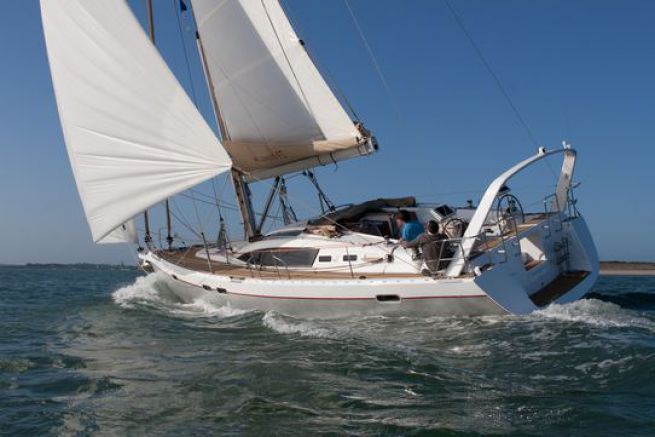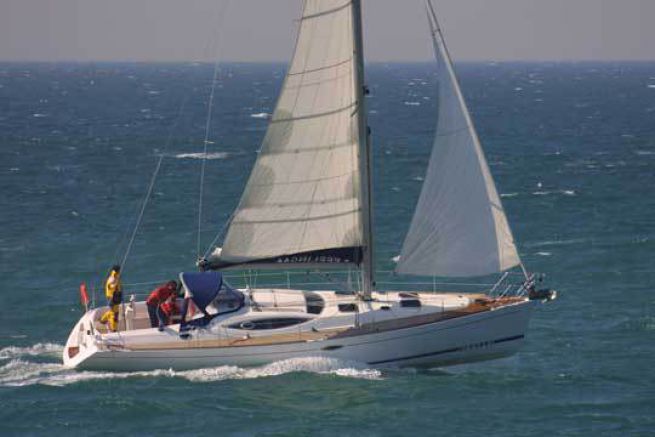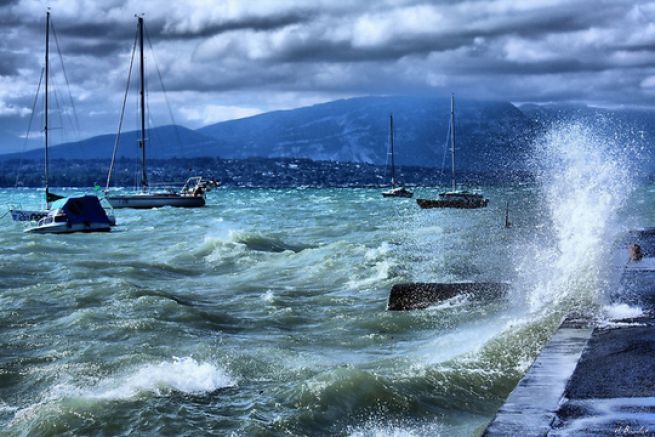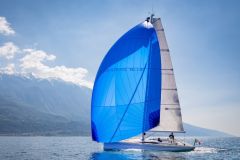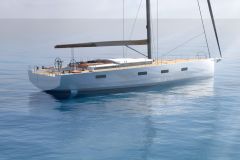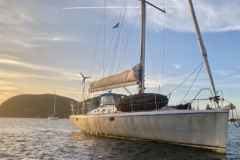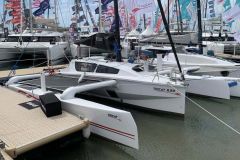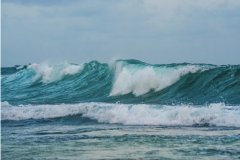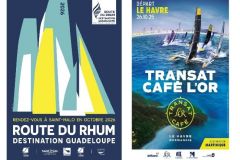Why did you decide to change the design categories for recreational boats?
The design categories borrowed only their names from the navigation categories, but had the same scope. For example, design category D, which was formerly called "inland waters". It already had a wave height and wind potential. We only crossed out the disturbing elements.
A lot of time was also shared with boaters, who, once explained the design categories, did not look at boats in the same way at all. If they were presented with a small boat with a high design category capable of carrying a large number of people on board, they tended not to be reassured.
In concrete terms, what is this regulation going to change?
Finally, we disconnect the notion of type of navigation to relate only to notions of weather conditions (wind force and wave height). Only category A underwent changes with a ceiling at force 9, more rational than before (unlimited NDLR) and category C, with waves going from 2 to 4m. Now, anything beyond that, that is, what was called abnormal conditions, no longer falls into category A.
If a category A boat ends up at force 10 on the Beaufort scale, it means that it won't be able to resist?
The regulations require that you must be able to progress in these conditions with a boat, i.e. to maintain a course and speed. Beyond the weather conditions for which the boat is designed, it is no longer possible to maintain a course and speed.
How are design categories defined?
Each shipyard that designs a boat in partnership with an architect will draw up specifications to define the boat's sailing programme, and thus define a design category. This is then evaluated by a design body or self-assessed and eventually the boat is assigned the design category for which it is intended.
How can boaters be made aware of the different design categories?
Boaters have a perception of weather conditions that is not very close to reality. The Beaufort scale wind speed is based on the average speed for 10 minutes and not at time T on the anemometer, which corresponds to a gust. As for the estimation of the wave height, people do not realize the actual wave height. The Beaufort scale is used to define the visual size of the waves and not the actual size. So we've come up with a fairly simple diagram to explain that.
And in a second phase, we're going to set up fixed points for weather and wind speed readings in different sailing zones. This will enable us to show boaters who have been through storms what they have really experienced and to generate awareness.
